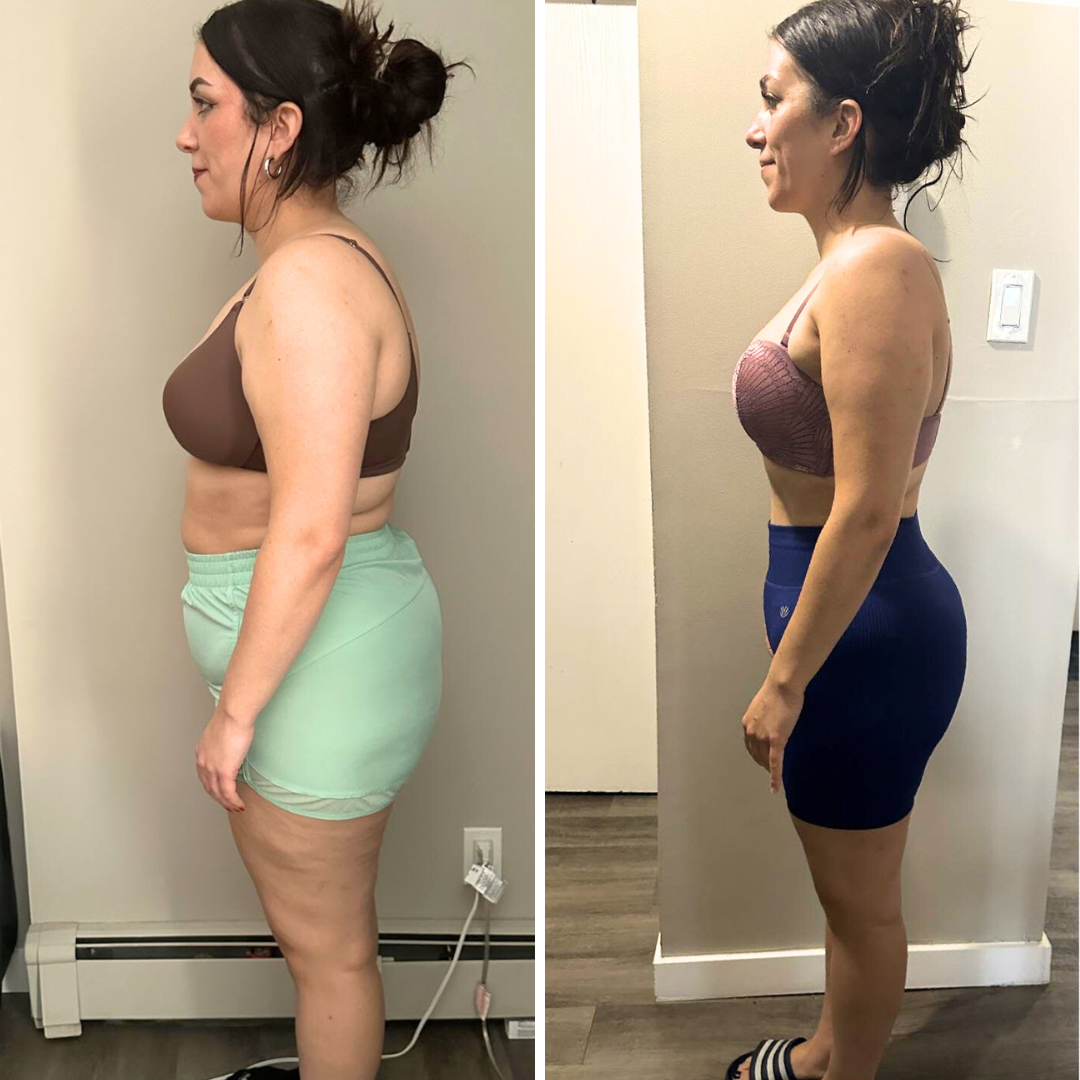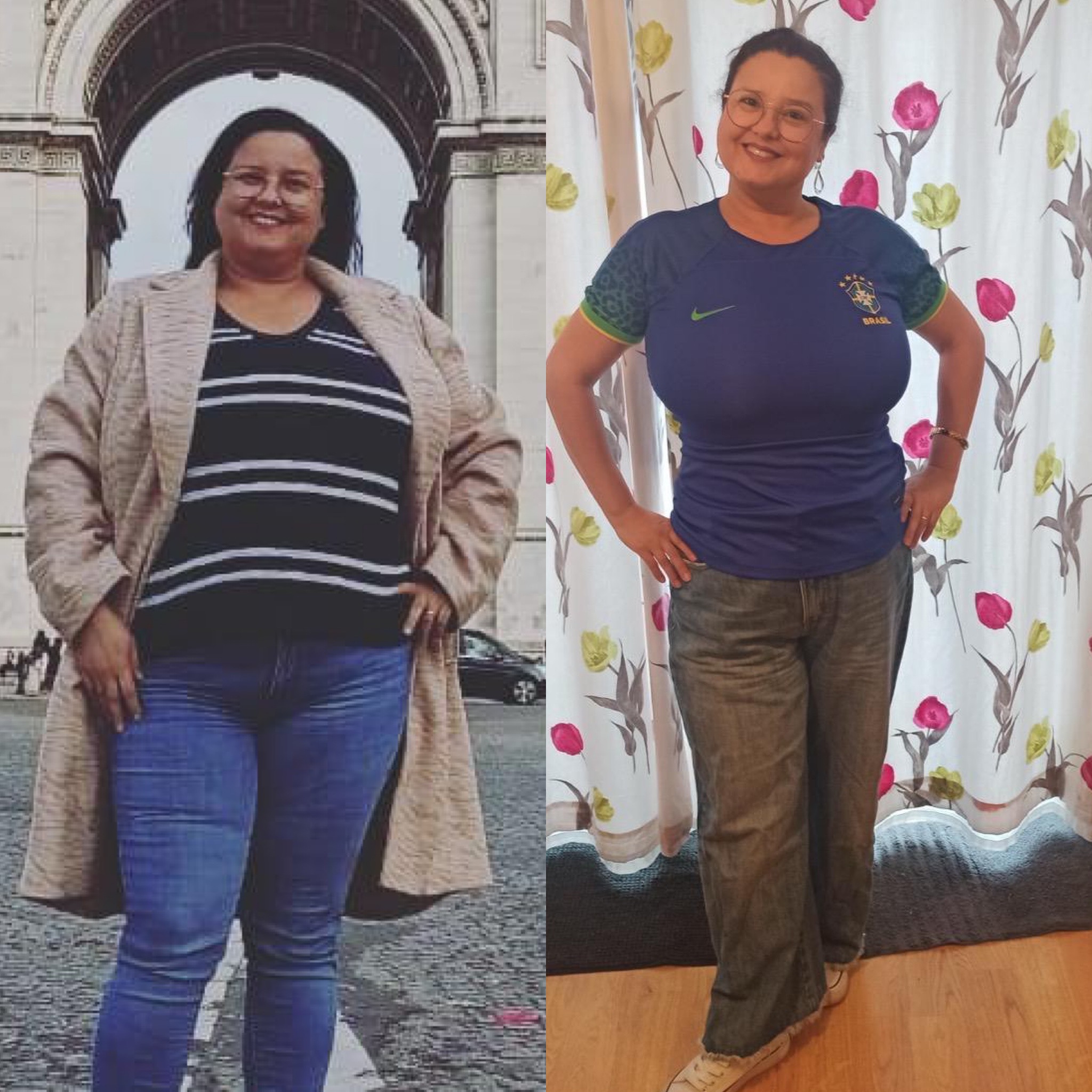How to do an Elimination Diet: Benefits, Foods, and How a Nutritionist Can Help

Elimination diets are a powerful tool for identifying food sensitivities and improving overall health. In my years of practice, I have helped many patients understand their bodies and discover which foods agree with them and which do not. This comprehensive guide will help you understand the benefits of an elimination diet, the foods to include and avoid, and how a nutritionist can support you throughout the process. As a nutritionist, I have seen firsthand how elimination diets can transform lives by uncovering hidden food intolerances and promoting better health.
What is an Elimination Diet?
An elimination diet involves removing certain foods from your diet for a period, usually 4-6 weeks, and then gradually reintroducing them one by one. This process helps to identify which foods may be causing adverse reactions, such as digestive issues, skin problems, or other inflammatory responses. An elimination diet should be supervised by a nutritionist because you don’t want just to eliminate foods—you need to learn the proper substitutions to ensure you don’t miss out on any key nutrients.
Benefits of an Elimination Diet
- Identifying Food Sensitivities: The primary benefit of an elimination diet is identifying specific food sensitivities or intolerances. By systematically eliminating and reintroducing foods, you can pinpoint which items trigger symptoms.
- Improving Digestive Health: Many people experience significant improvements in digestive health on an elimination diet. Symptoms such as bloating, gas, diarrhoea, and constipation often subside once trigger foods are identified and removed.
- Reducing Inflammation: Chronic inflammation is linked to numerous health conditions, including autoimmune diseases, heart disease, and arthritis. An elimination diet can help reduce inflammation by removing foods that may be contributing to the inflammatory response.
- Enhancing Skin Health: Skin conditions like eczema, acne, and psoriasis can improve with an elimination diet. Identifying and avoiding trigger foods can lead to clearer, healthier skin.
- Boosting Energy Levels: Food sensitivities can drain your energy. Many people report increased energy and vitality after identifying and eliminating foods that negatively impact their health.
- Supporting Weight Loss: By focusing on whole, nutrient-dense foods and avoiding processed items, an elimination diet can support healthy weight loss. Especially when you see a nutritionist who will calculate a diet for your metabolism. Additionally, reducing inflammation and improving digestion can further aid in weight management.
Foods to Avoid on an Elimination Diet
The specific foods to avoid will depend on your sensitivities, but common triggers that I see with my patients in the clinic include:
- Dairy: Milk, cheese, yoghurt, cream, milk-based desserts, and butter.
- Gluten: Wheat, barley, rye, and foods containing these grains (bread, pizza, pasta, biscuits, cakes).
- Soy: Soybeans, tofu, tempeh, and soy-based products.
- Eggs: Both egg whites and yolks.
- Nuts and Seeds: Peanuts, almonds, cashews, and other nuts and seeds.
- Corn: Corn and corn-based products.
- Citrus Fruits: Oranges, lemons, limes, and grapefruits.
- Nightshade Vegetables: Tomatoes, peppers, eggplants, and potatoes (due to the compound alkaloids).
- Processed Foods: Foods with artificial additives, preservatives, and high sugar content.
Foods to Include on an Elimination Diet
In our clinic, we focus on whole, unprocessed foods that are less likely to trigger adverse reactions. These include:
- Fruits: Apples, pears, berries, and other low-citrus fruits.
- Vegetables: Leafy greens, carrots, broccoli, and non-nightshade vegetables.
- Protein Sources: Lean meats, poultry, fish, and legumes (if tolerated).
- Gluten-Free Grains: Rice, quinoa, millet, and gluten-free oats.
- Healthy Fats: Olive oil, coconut oil, avocado, and fatty fish.
- Herbs and Spices: Fresh herbs and non-irritating spices to flavour your meals.
Creating an Elimination Diet Plan with a Nutritionist
Working with a nutritionist to create an elimination diet plan is essential for ensuring you receive all the necessary nutrients while identifying and eliminating trigger foods. Here’s a general overview of how a nutritionist will guide you through the process:
Step 1: Preparation
Before starting an elimination diet, your nutritionist will help you prepare by advising you to keep a detailed food diary for a week. You’ll note everything you eat and any symptoms you experience. This preliminary step is crucial for identifying potential trigger foods and providing a baseline for comparison once you begin the diet. At this stage is important to eat all sources of food.
Step 2: Elimination Phase
During the elimination phase, your nutritionist will guide you in removing all potential trigger foods from your diet for 4-6 weeks. This period allows your body to clear any effects of these foods. They will provide personalised advice and strategies to help you stay on track during this phase and avoid any slip-ups that could compromise the process.
Step 3: Reintroduction Phase
After the elimination phase, your nutritionist will assist you in reintroducing one food at a time every 3-4 days. They will monitor your symptoms closely during this period. If a food causes symptoms, they will help you remove it from your diet and advise when to reintroduce another food safely. Their expertise ensures that the process is done methodically and effectively.
Step 4: Maintenance Phase
Once you’ve identified your trigger foods, your nutritionist will help you create a long-term eating plan that avoids these items. This maintenance phase ensures you continue to enjoy the benefits of the elimination diet and avoid symptoms caused by food sensitivities. They will also guide how to substitute eliminated foods with nutritious alternatives to maintain a balanced diet.
Tips for Success on an Elimination Diet
- Plan Your Meals: Planning and preparing your meals in advance can help you stick to the elimination diet. Batch cooking and meal prepping can save time and reduce the temptation to eat off-plan foods.
- Read Labels: Carefully read labels on packaged foods to avoid hidden ingredients that may be on your elimination list. Be cautious of additives, preservatives, and other potential triggers.
- Keep a Food Diary: Continue keeping a food diary throughout the elimination and reintroduction phases. Documenting what you eat and any symptoms that arise can help identify patterns and pinpoint specific trigger foods.
- Stay Hydrated: Drink plenty of water to support your body’s detoxification processes and maintain overall health. Avoid sugary drinks and limit caffeine intake.
- Seek Support: Embarking on an elimination diet can be challenging. Seek support from friends, family, or a healthcare professional. Online communities and forums can also provide encouragement and advice.
- Be Patient: An elimination diet requires patience and diligence. It may take time to identify your trigger foods, but the long-term benefits are worth the effort.
Monitoring Your Progress with a Nutritionist
Throughout your elimination diet, a nutritionist plays a crucial role in monitoring your progress and making necessary adjustments. Here’s how a nutritionist helps ensure your elimination diet is effective and tailored to your needs:
- Regular Check-ins
A nutritionist will schedule regular check-ins to discuss your progress. These sessions provide an opportunity to review your food diary, discuss any symptoms, and address any concerns or challenges you may be facing. Consistent monitoring helps keep you on track and allows for timely adjustments to your diet.
- Detailed Symptom Tracking
A nutritionist will guide you in keeping a detailed record of your symptoms, energy levels, digestion, and overall well-being. They can help you identify patterns and correlations between specific foods and symptoms, which is critical for pinpointing food sensitivities accurately.
- Personalized Adjustments
As you progress through the elimination diet, your nutritionist will make personalized adjustments based on your symptom tracking and overall health. This may involve modifying the list of eliminated foods, adjusting portion sizes, or incorporating new foods to ensure you receive balanced nutrition.
- Professional Analysis
A nutritionist has the expertise to analyze your food diary and symptom log comprehensively. They can identify subtle reactions or delayed symptoms that you might miss on your own. This professional analysis ensures a thorough understanding of how different foods impact your health.
- Nutritional Support
Throughout the elimination diet, a nutritionist ensures you are not missing out on essential nutrients. They provide guidance on how to incorporate nutrient-dense foods and supplements if necessary to maintain your health and energy levels.
- Emotional and Motivational Support
Embarking on an elimination diet can be emotionally and mentally challenging. A nutritionist offers support and encouragement, helping you stay motivated and committed to the process. They can also provide strategies to manage cravings and cope with social situations.
- Long-term Strategy
After the elimination and reintroduction phases, a nutritionist helps you develop a long-term eating plan that avoids identified trigger foods while maintaining a balanced diet. This ensures you continue to enjoy the benefits of the elimination diet and avoid future symptoms.
Why Professional Monitoring is Crucial
- Accurate Identification of Triggers: A nutritionist’s expertise helps accurately identify food sensitivities by meticulously tracking and analyzing your symptoms.
- Tailored Adjustments: Personalized adjustments based on your progress ensure the diet remains effective and nutritionally balanced.
- Holistic Support: From emotional encouragement to practical tips, a nutritionist provides comprehensive support throughout the diet.
- Long-term Success: Professional guidance helps create sustainable eating habits and a long-term strategy for maintaining health.
By working with a nutritionist, you gain a partner dedicated to your health and well-being. They provide the expertise and support needed to navigate the complexities of an elimination diet, ensuring you achieve the best possible outcomes. Book a consultation today to start your journey toward better health with the guidance of a professional nutritionist.
Potential Challenges and How a Nutritionist Can Help
Embarking on an elimination diet can be a challenge. A nutritionist can provide invaluable support and strategies to overcome these obstacles, ensuring you stay on track and achieve your health goals. Here are some common challenges you might experince:
1. Cravings and hunger
Challenge: Cravings and hunger are common, especially during the initial phase of an elimination diet.
How a Nutritionist Can Help:
-
Meal Planning: A nutritionist can create a meal plan that includes nutrient-dense foods to keep you full and satisfied. They can suggest balanced meals and snacks to curb cravings.
-
Healthy Alternatives: They can recommend healthy snack alternatives such as fresh fruits, vegetables, nuts, and seeds that align with your diet.
-
Hydration Tips: Proper hydration is crucial. A nutritionist can guide you on the right amount of water you should have and suggest hydrating foods to include in your diet.
2. Social Situations
Challenge: Navigating social situations, such as dining out or attending gatherings, can be tricky on an elimination diet.
How a Nutritionist Can Help:
-
Communication Strategies: A nutritionist can provide tips on how to communicate your dietary needs to friends and family in advance.
-
Menu Navigation: They can help you understand how to navigate restaurant menus and identify safe food choices.
-
Bringing Your Own Food: They can suggest dishes you can bring to social gatherings to ensure you have something safe to eat.
3. Time Management
Challenge: Finding time to plan and prepare meals can be challenging with a busy schedule.
How a Nutritionist Can Help:
-
Easy Recipes: A nutritionist can provide easy-to-make recipes that fit into your lifestyle, reducing the time spent in the kitchen.
-
Batch Cooking: They can teach you the benefits of batch cooking and meal prepping, allowing you to prepare meals in advance and save time during the week.
-
Kitchen Tools: They can recommend kitchen tools like slow cookers and instant pots to simplify the cooking process.
4. Emotional Eating
Challenge: Stress and emotions can trigger off-plan eating and ruin your progress.
How a Nutritionist Can Help:
-
Stress Management Techniques: A nutritionist can suggest stress management techniques such as mindfulness, meditation, or yoga to help manage emotional triggers.
-
Healthy Snack Options: They can recommend healthy snacks to keep on hand, preventing impulsive eating when emotions run high.
-
Support and Motivation: Regular check-ins with a nutritionist provide ongoing support and encouragement, helping you stay motivated and focused on your goals.
Conclusion
An elimination diet is an important strategy to understand food sensitivities and eliminate symptoms. By doing a guided elimination and reintroduction of foods, you can pinpoint triggers, alleviate inflammation, and elevate your overall well-being. Remember to meticulously plan your meals, maintain a detailed food diary, and exercise patience throughout this transformative journey. With dedication and professional support, navigating an elimination diet becomes achievable, leading to sustained health benefits and a more balanced diet.
If you find this process challenging, remember that the guidance of a trained nutritionist can be invaluable. Our team of experienced nutritionists specialises in elimination diets and can provide personalised support tailored to your unique needs. Book a consultation with one of our trained nutritionists today to start to experience the benefits of understanding the food triggers and symptom-free life.
Get an action plan with a Free Assessment!
Get personalized insights to enhance your well-being and achieve your goals. In this 15-minute video call, we will listen to you and guide you on what you need to do.
Schedule Your Free AssessmentRecent blogs







